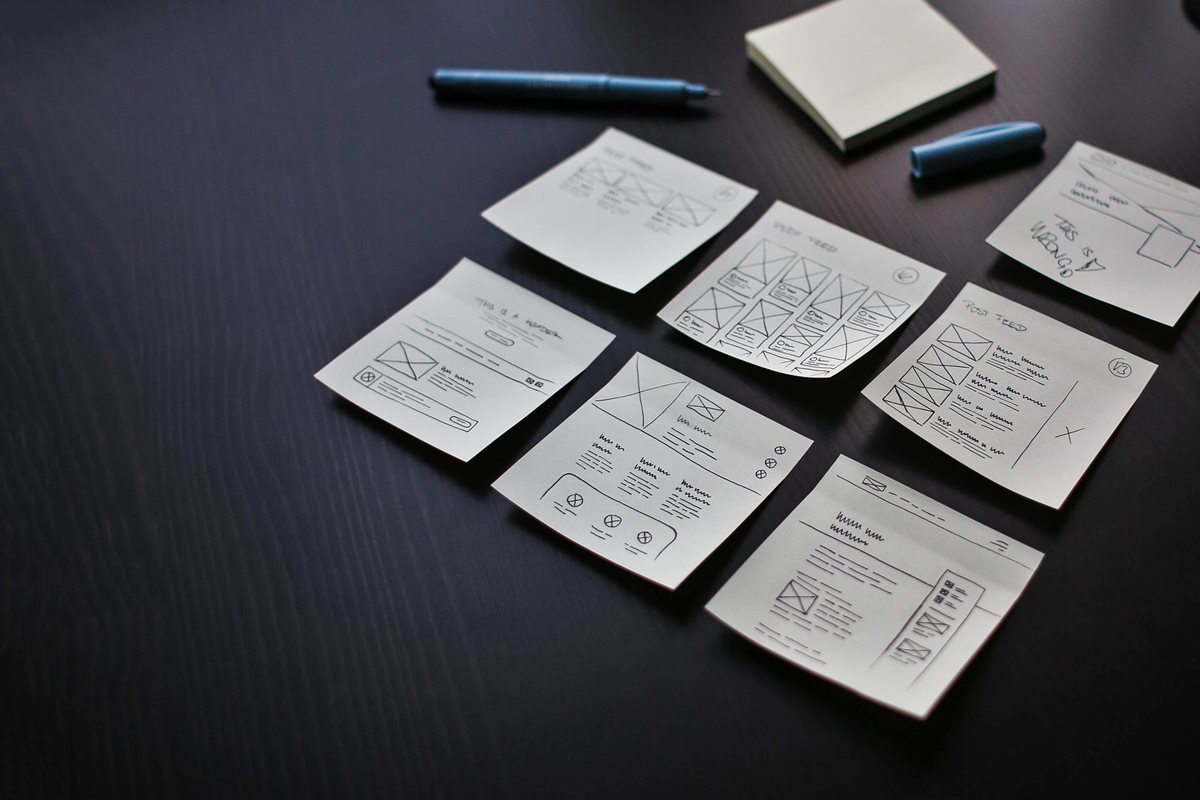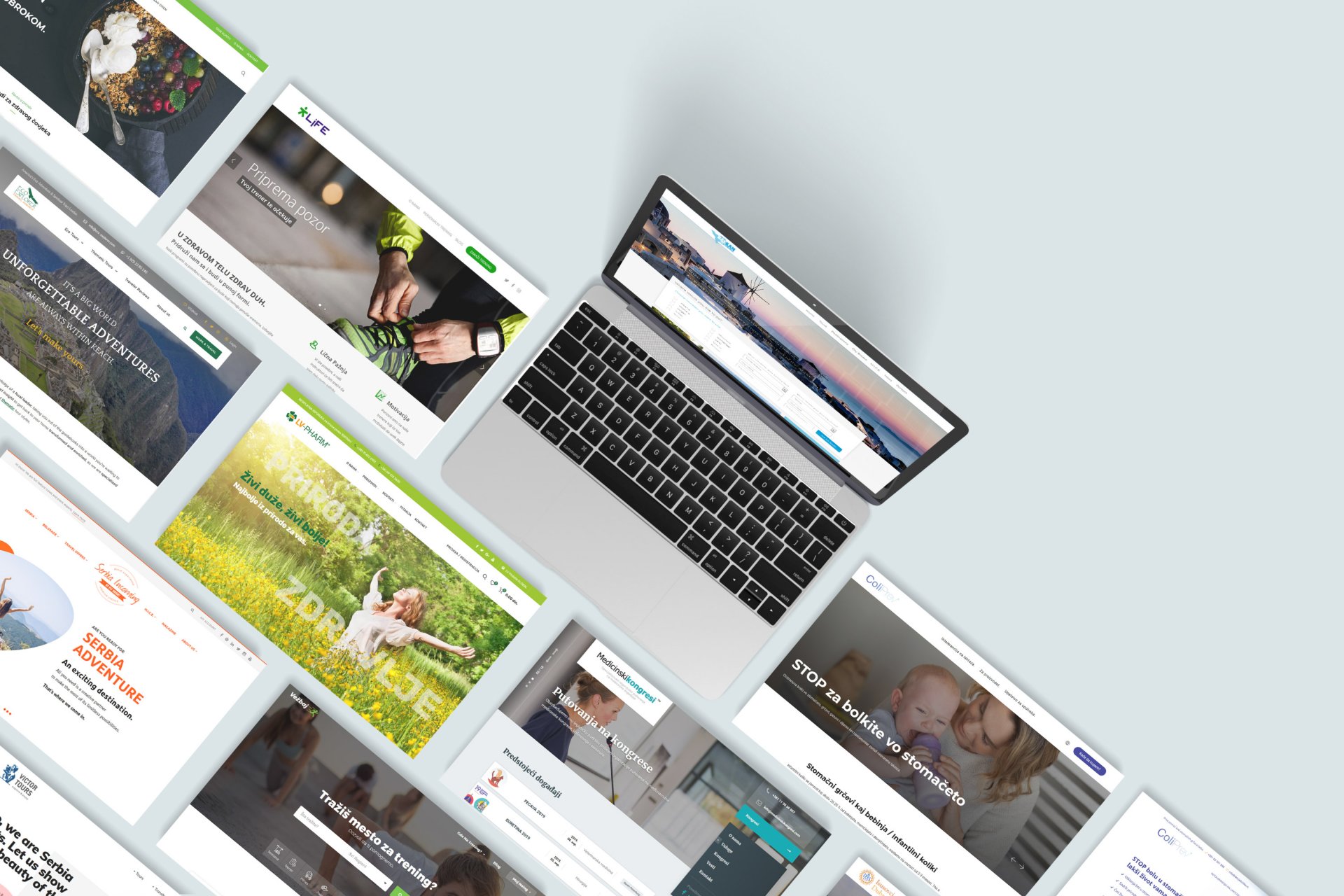Posted in web development.
Want a great website? Well, its not an easy task.
Written by Branko Matić on .
You want a website, you want it fast, you want it cheap, and you want it to be great. That’s all nice, we are happy for you, but it doesn’t work that way. Building a website takes time, knowledge and big effort, and building a great website takes all of that plus something extra special.
Get ready to work
Building a new website is hard work, and not just for the company you’ve hired. There are certain things that only you can do. Gathering content, reviewing deliverables, providing feedback, answering questions. Many clients over the years have told us how much more effort there was on their side of the project than they expected. We do our best to make it as simple as possible, but the reality is, your web designer can’t do a good job without your input. Launching your project right will mean putting in the time and sometimes will mean extending the timeline so you can make it all fit.
How Long Does it Take to Build a Website?
An afternoon. A week. Two months. Two years. It all depends.
While cost and timeline are often very closely related, there are dozens of factors that will affect the total length of the project, including (but not limited to) design needs, defined functionality, client feedback, agency resources, and more.
The best way for us to talk about a website timeline is to talk from our experience, so here we’ll discuss our process, a general timeline, and some of the above factors that can force that timeline to change.
The Process
Before the process even begins, however, we review goals and needs during the proposal process to determine whether we’re looking at building a traditional website or something more involved (think: e-commerce, client portals, highly sophisticated UIs). Once we’ve come to an agreement and all parties have a solid understanding of the project goals, we get into the process, which has five main phases.

Phase One: Strategy (2-5 weeks)
Kickoff, Discovery, and Strategy are all parts of our strategy phase, which focuses primarily on the latter of the three:
During the kickoff portion of the project, we work with clients to establish a timeline for their project, confirm the project expectations and introduce the day-to-day contacts from both sides to one another. Following this meeting, we deliver a firm timeline and discovery questionnaire, upon receipt of which we’ll schedule a discovery meeting, which is often an in-person working session. During that session, we review goals and get a better understanding of the needs of both our client and their audience.
Upon completion of the discovery meeting, we start looking into our client’s current digital footprint and incorporate everything we have learned into the strategy document, which is the ultimate deliverable of this phase of the project.
Phase Two: Architecture (1-3 weeks)
You wouldn’t build a new house without laying the framework, and that’s exactly what we do during the architecture phase of the site, which consists of two main deliverables: a site architecture map and wireframes.
The architecture is fundamentally an outline of pages on the site, intended to show how the hierarchy of top- and sub-level pages fit together. The wireframes are a more visual layout of how on-page content will fit together, built for the purpose of showcasing weights and balances. Wireframes aren’t intended to indicate how final designs will lay out, but rather showcase how things could look once our design team takes their magic wand to them.
Phase Three: Design (3-5 weeks)
Following our receipt of sign-off on the wireframes and architecture, we move into the design phase of the site. This phase also consists of two main deliverables: the homepage designs and the inner page designs (referring to top navigational pages that are not the homepage). It takes us about two weeks to design each, and a couple of weeks of client dialog are typical to this phase as well.
Once designs are signed off on, we move the project into development, but without all site copy and creative assets in hand at this time, we risk significant delays and scope extensions, causing frustration across the board, so we typically do not move from design to development without all assets in hand.

Phase Four: Development (5-10 weeks)
At long last, we build a website! The development phase is at once the lowest touch and the most intense phase of the entire project, as our programmers will spend weeks with their heads down building a site, followed by a frenzied period when assets are updated, edits are implemented and technical resources are pulled in to ensure a successful, on-time launch.
The length of the development period depends largely upon the nature of the site; smaller, “brochure” sites can often be built in less than a month, while more complicated systems (think e-commerce) can take three or four times as long (or longer) to complete.
Phase Five: Support (ongoing)
We have a lot of faith in our website project system, but we also know that your marketing doesn’t stop when a site launches and neither do we. As important as it is to build a great site, it’s even more important to keep refreshing it to keep it looking shiny and new. We do that by writing and refreshing search-optimized copy, swapping out images frequently (at least seasonally), re-skinning designs, making adjustments based upon user experience data, and implementing targeted campaigns to reach new users and drive old ones back to your site, all with the goal of helping your brand to build stronger client/customer relationships and growing your audience.
Yes, completing a project in less time is possible. Yes, we’ve done it. No, we don’t recommend it. Your project is best served by having a timeline that is reasonable, realistic and achievable.
Extra special ingredient
For building a great, exceptional website is also needed something extra special. Something mysterious, that comes and goes, and can not be fully explained and understood. But it exists, and all creatives know about it. We are talking about inspiration. There is a great article that says a lot about it, you should read it.
That's something you can't really pay for. It is something that will come to designers and developers you hire, if you nurture them, don't put unreasonable pressure on them, and develop a good human relationship with them.